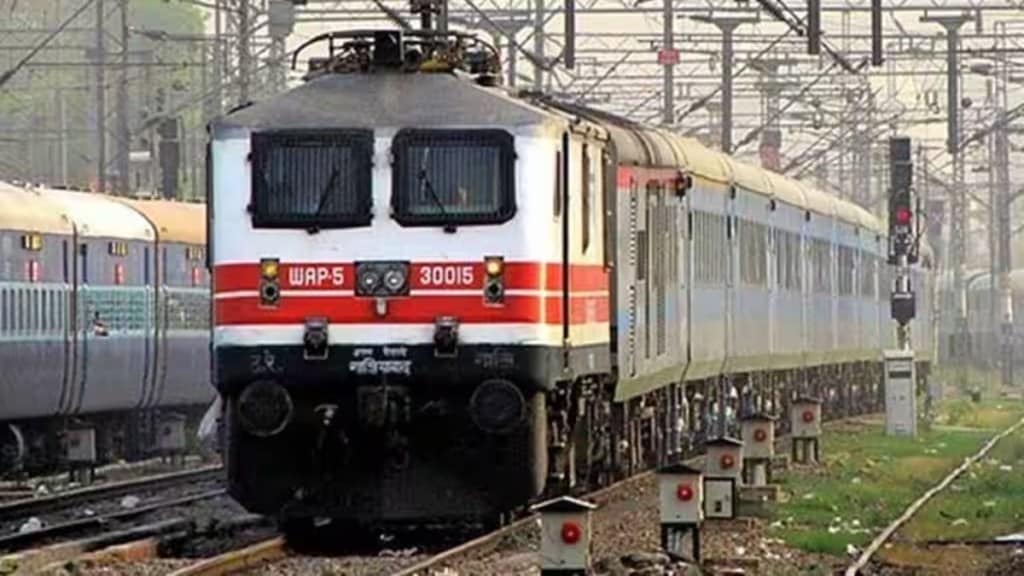Union Minister Ashwini Vaishnaw recently revealed that a total length of 59,524 kilometers of broad gauge (BG) railway track has been electrified in the country up to this point. Vaishnaw provided this information in a written response to a query in Parliament.
The completion of Indian Railways‘ electrification projects is subject to various factors such as obtaining clearances from forest officials, relocating obstructive utilities, securing necessary approvals from different authorities, assessing the geological and topographical conditions of the area, considering the law and order situation at the project site, and factoring in the number of viable working months per year due to climatic conditions.
All these elements influence the project completion timeline. Consequently, it is not currently possible to determine a definitive timeframe for the completion of these projects, Vaishnaw said in the written response.
Benefits of electrification of railway lines:
Responding to a Lok Sabha member’s question, Vaishnaw highlighted the advantages of electrifying rail lines, which include decreased operational expenses, the ability to haul heavier freight trains, and accommodate longer passenger trains, among other benefits.
Enhancing train speed:
Furthermore, the Minister informed the House about initiatives to enhance train speeds. He noted that the sectional speed has been raised to 130 kilometers per hour for a route distance of 10,400 kilometers.
Additionally, projects aimed at increasing the sectional speed to 160 kilometers per hour on existing routes such as New Delhi-Mumbai (including Vadodara-Ahmedabad) and New Delhi-Howrah (including Kanpur-Lucknow) have been approved at a cost of Rs 6,806 crore and Rs 6,685 crore, respectively.
(With ANI Inputs)

